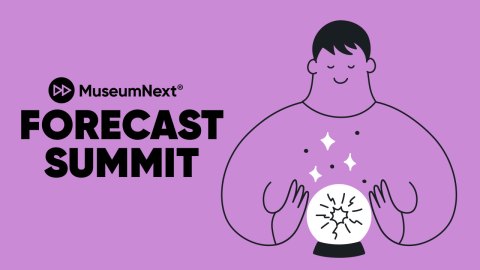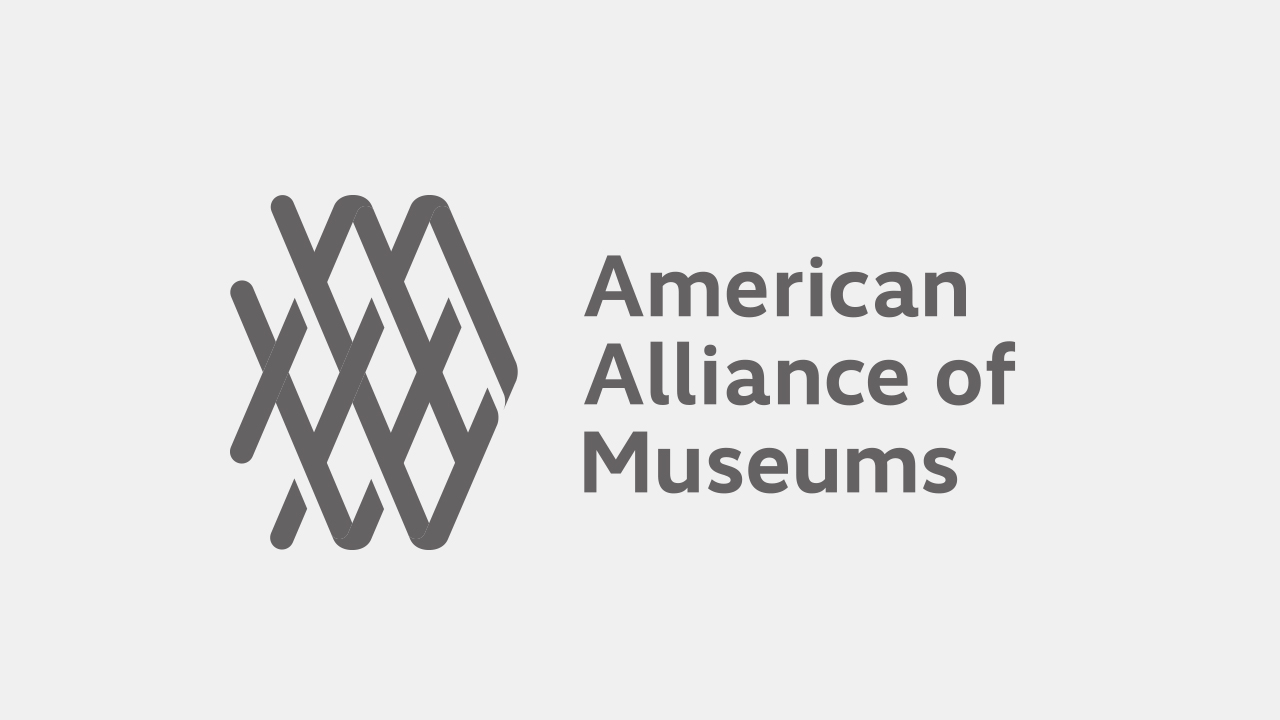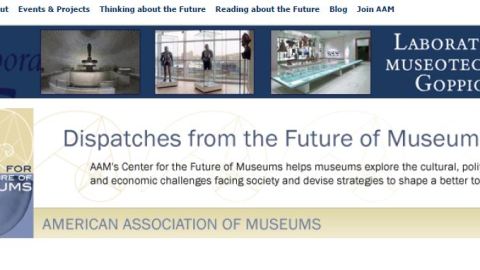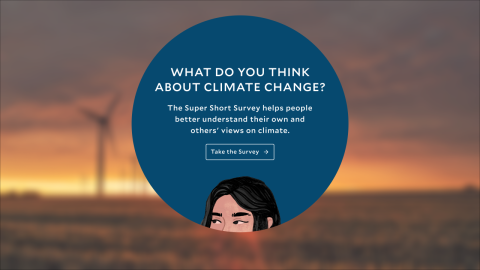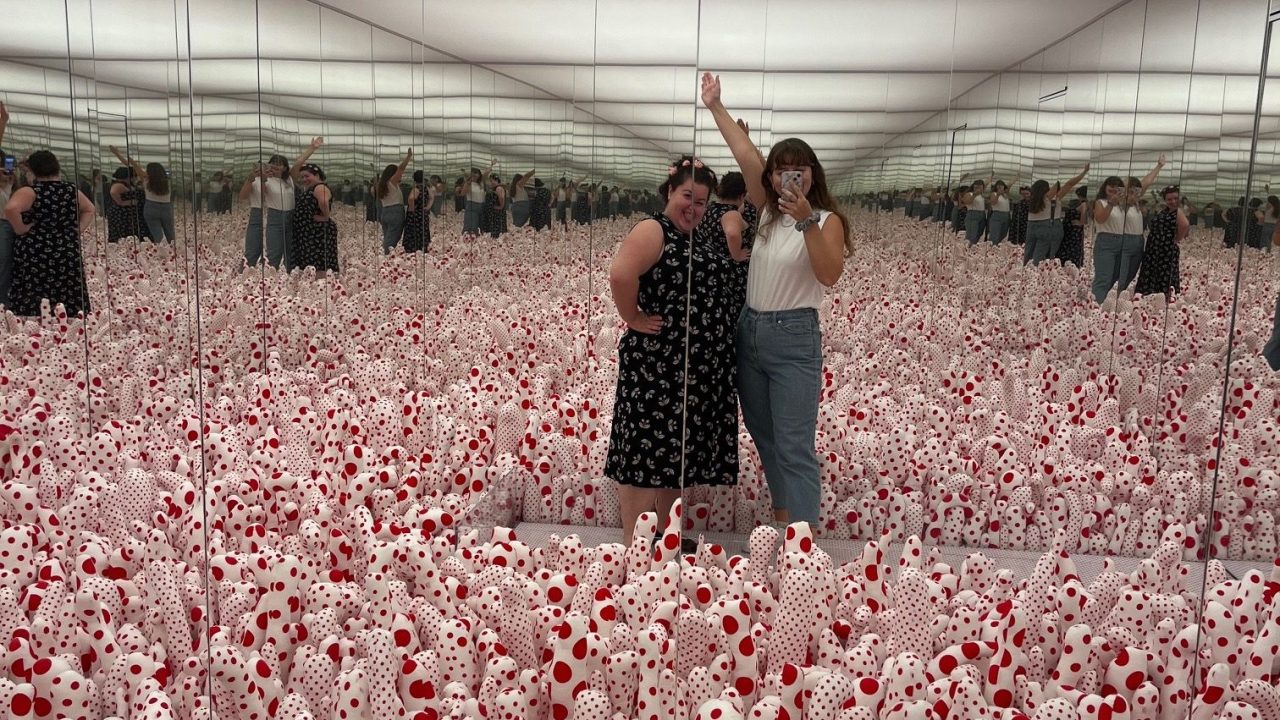
One hundred members of the Youth250 Bureau offer free advice to museums seeking to reach young adults.
When it comes to engaging Gen Z in museums, I know it’s not always easy. My generation spends more time online than in person, often feels disconnected from our local communities, and reports record levels of loneliness. At the same time, traditional museum spaces haven’t always felt like they were built for us.
Still, the future of museums depends on building meaningful connections with younger audiences. If a person’s only museum memory is a fourth-grade field trip, can we really expect them to become future visitors, donors, or volunteers? Engaging Gen Z isn’t just about reaching a new audience; it is a critical strategy to keep our institutions relevant and inclusive for the next generation.
I found my way into the museum field through an internship at America’s Black Holocaust Museum, a detour from my original plan to go to law school. Now, I am a member of the Youth250 Bureau established by Made By Us, a network that connects young adults across the United States with the credible sources and programs at museums and historic sites. I’ve joined ninety-nine peers from across the country (most of whom aren’t museum professionals) to help museums better connect with young people in the lead up to the United States’ 250th anniversary in 2026.
Youth250 is a free resource where museums can get direct input, feedback, and ideas from young people across the country. Over the next year, we’ll unleash ten thousand hours of free consulting to museums. You can request a consultation from the bureau today.
My story is just one example of what can happen when museums make space for young people to lead, create, and connect. But don’t just take it from me. Recently, I spoke with three fellow Youth250 Bureau members about what Gen Z really wants from museums.
Why Gen Z and Museums Need Each Other
Let me introduce you to my Youth250 Bureau colleagues, who are all emerging museum professionals: Achea Elliott is pursuing her master’s degree in anthropology with a museum studies certificate. Ryan Shank is the Director of Digital Experiences and Research at Conner Prairie Museum in Indiana. Sarah Fling is a public historian who has worked in museums and historic sites for about six years.
Like all Bureau members, the four of us are under thirty. And like many Gen Z museum professionals, our paths into the field weren’t linear. Ryan found his love for museums in college after a summer exploring the museums in Washington, DC, while interning at the Smithsonian Folklife Festival. I had a similar experience: museums weren’t part of my five-year plan, but after interning at America’s Black Holocaust Museum, I haven’t looked back.
I view my work in museums as a way to make social change and unite diverse groups by sharing history that many may not know. Museums are great venues for talking about difficult history and healing as a community. The world we live in is full of stressors, and museums can help Gen Z and local communities get through these tough times by providing a space to process, release the emotions many of us are feeling, and do something that aligns with our concerns.
Achea shares that perspective. “I believe that museums can be institutions of social change and civic education,” she told me. “Museums are perfect places to see interdisciplinary work in action, and I wish more institutions celebrated that and broadened their scope to include people with other skills and life experiences.”
Whether as employees or museum lovers, Gen Z isn’t connecting with the museum field by accident. We’re here because we believe museums matter, and we want to help shape what comes next.
How to Get Gen Z Involved
If museums want to get Gen Z through the doors, the first step is to bring young people into the conversation. “If museums want to be successful in engaging with Gen Z,” Ryan said, “then museums need to have Gen Z represented in the decision-making.”
This might mean empowering younger staff to lead programs, forming youth advisory boards, or tapping into national initiatives like the Youth250 Bureau to help shape offerings leading up to the 250th anniversary. As Ryan put it, “Representation from Gen Z in designing programs will make it more relevant to those visiting the museum.”
But inclusion isn’t just internal; it extends to how museums function as social spaces. A museum needs “to be a safe and accessible place [where people can] be social and loiter,” Ryan said. He added that our generation lacks spaces where we can “socialize with friends and peers without the expectation of purchasing something.”
Sarah echoed this need for welcoming, unstructured gathering places. “I think the key is to provide a place for connection,” she said. “We crave third spaces, where we can get away from screens and engage in person.” The opportunities for connection are endless, especially through programs like Civic Season, which are focused on creating space for young people to be in conversation with our country’s history.
As Ryan pointed out, “promoting the social aspects of museums provides more opportunities for moments guests can find connection with each other.”
Gen Z’s Vision for Museum Programming
During our Youth250 Bureau consultations, when we imagined our dream museum programs, each of my peers lit up with ideas. Their visions for how museums can connect with young adults are exciting blueprints for the future of the field.
Achea imagined an evening program that makes history feel alive and accessible. “I always enjoy evening programming at museums that allows for families with working parents or older kids in school to attend during the week,” she said. “I think that a Night at the Museum-esque event, with historical re-enactors and on-the-floor collections-based activities, could go a long way [to help] people engage with history and see the objects often stored behind glass up close.”
Sarah took that idea and ran with it, emphasizing the potential of after-hours events: “I love any ‘Night at the Museum’ style party after hours! Give me a DJ, some snacks and drinks, and a chance to see a museum space after hours.” For Gen Z, that kind of casual, open-ended gathering is a great way to discover that museums are welcoming to more than history majors.
Ryan suggested a creative idea based on his experiences and passions: “Even though I go out of my way to visit as many museums as I can, I don’t actually find myself seeking out programs—and I began to wonder why that is,” he reflected. “Thinking about some of the most memorable programs I’ve attended, I first think of those tied back to food or music. Both are universal, can connect across time and space, and authentically employ different senses than are typical in a museum.” His dream program? “A festival that explores the roots of American music—diving into the influences and intersections of culture, genre, instrumentation, and improvisation on American music today.”
Why We Joined Youth250—And You Should, Too
Many of us were attracted to Youth250 because it offered a chance to help shape the future of museums and history itself. I was drawn to Youth250 because of the training opportunities and the chance to meet new people. While I had a degree in history, I didn’t have any formal training in museums. Through my work and Youth250, I have filled that gap and now have a sense of belonging in the field.
Sarah was motivated by a similar goal. “As a Gen Z museum professional, I see just how difficult it is for our field to connect with my generation,” she said. “Youth250 provides an outlet for that energy.” For her, the 250th anniversary in 2026 is “a once-in-a-generation opportunity to empower young people to shape the next 250 years.”
For Ryan, Youth250 offered a chance to influence how this milestone is remembered. “This anniversary goes far beyond the revolution,” he said. “It contemplates the struggle to fulfill our country’s founding promises. The way we tell those stories now will shape the future for decades.”
Even if your museum doesn’t have Gen Z staff, you can still connect with this generation through the free Youth250 Toolkit and by reaching out to the Bureau.
“They’re capacity-building resources that help connect a museum to potentially new audiences,” Ryan said. “The Toolkit offers data, case studies, and ideas to get started. The Bureau adds personalized feedback from those in the target demographic.” As Sarah put it, “The Toolkit and Bureau help to take the pressure off [museums], providing the tools to connect with Gen Z ahead of the commemoration next year.”
Achea summed it up best: “Young people are the inheritors of our democracy. I’d recommend the Toolkit and Bureau to anyone who wants to build a legacy of unity for future generations.”
Youth250 is an initiative of Made By Us, the nationwide network connecting museums and historic sites with young adults. Museums are invited to use the resources provided by Made By Us, including the Bureau and Toolkit, which are available at Youth250.org.
